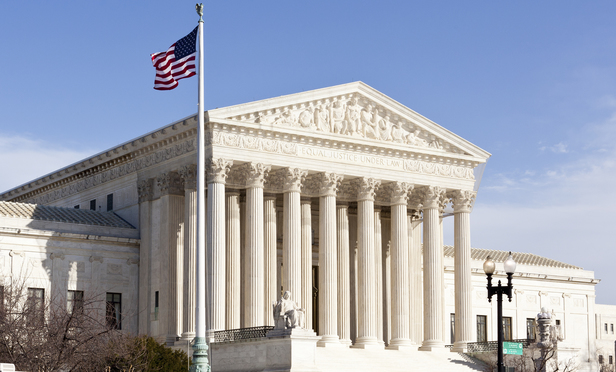Last week the U.S. Supreme Court reviewed two cases addressing how courts determine trademark infringement—both with implications for how the issue of consumer perception impacts the ability of companies to protect and enforce their trademarks. Oral arguments suggested that the rulings will significantly increase the importance (and cost) of administrative registration proceedings at the U.S. Patent and Trademark Office’s Trademark Trial and Appeal Board (TTAB).
In the more significant of the two cases, B&B Hardware v. Hargis Industries, the Court will have the opportunity to resolve a circuit split concerning the preclusive effect of “likelihood of confusion” determinations by the TTAB in a subsequent trademark infringement suit. The second case, Hana Financial v. Hana Bank, concerns the narrow and rare issue of a trademark owner’s right to “tack” the priority of an older trademark onto a newer mark, with the Court to resolve whether it should be up to a jury or a judge to evaluate if the newer mark creates the same “commercial impression” to consumers so as to justify tacking.
This content has been archived. It is available through our partners, LexisNexis® and Bloomberg Law.
To view this content, please continue to their sites.
Not a Lexis Subscriber?
Subscribe Now
Not a Bloomberg Law Subscriber?
Subscribe Now
LexisNexis® and Bloomberg Law are third party online distributors of the broad collection of current and archived versions of ALM's legal news publications. LexisNexis® and Bloomberg Law customers are able to access and use ALM's content, including content from the National Law Journal, The American Lawyer, Legaltech News, The New York Law Journal, and Corporate Counsel, as well as other sources of legal information.
For questions call 1-877-256-2472 or contact us at [email protected]






